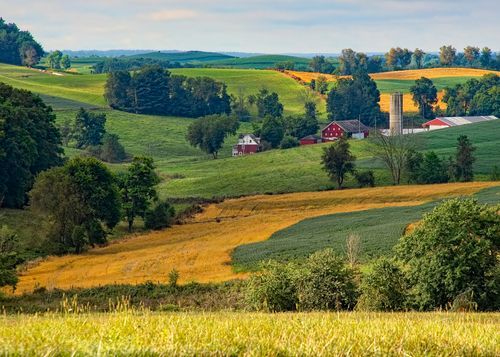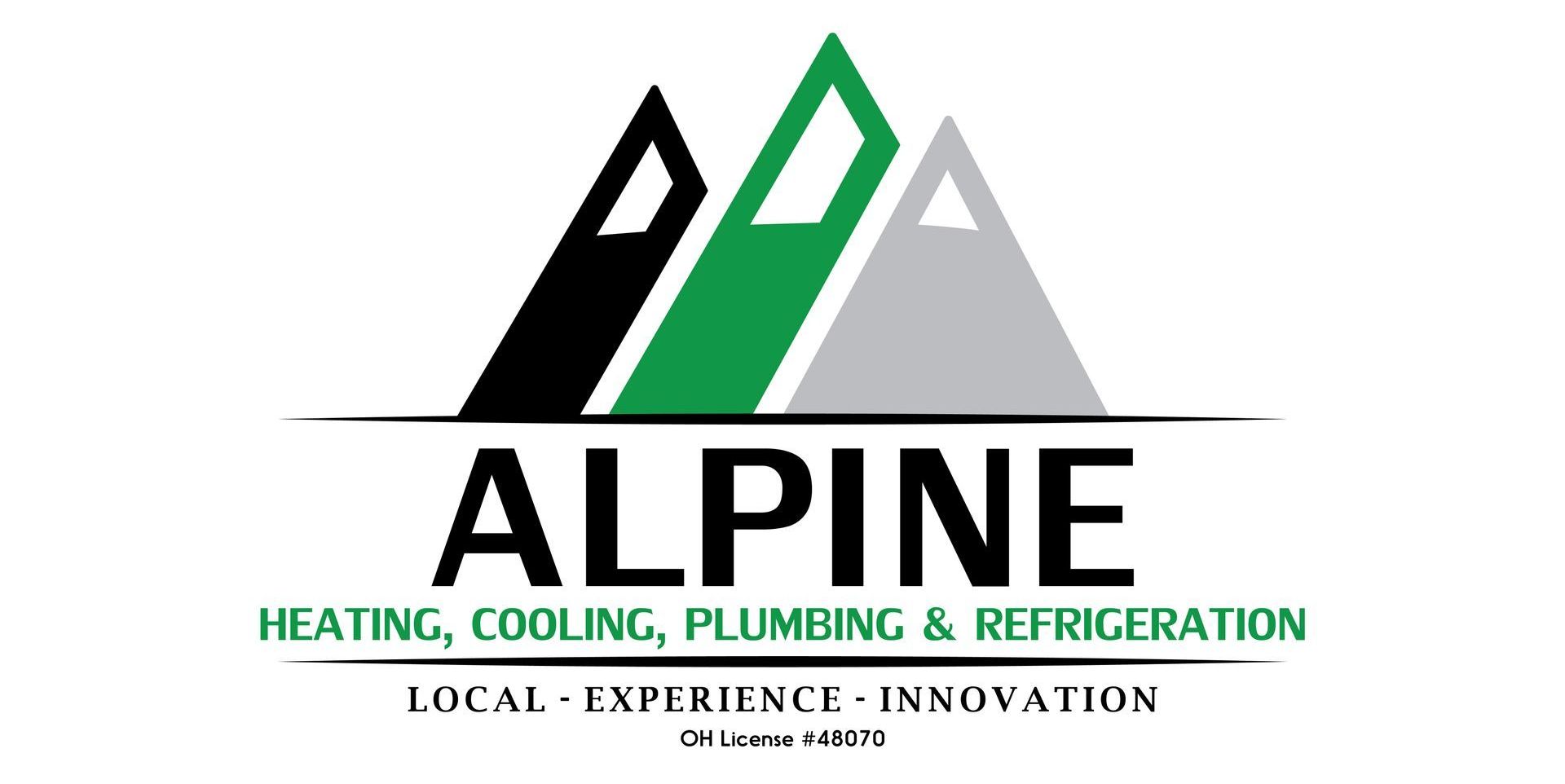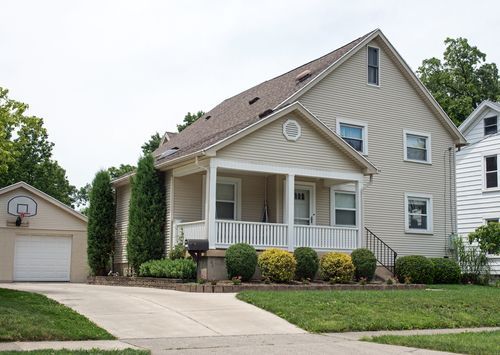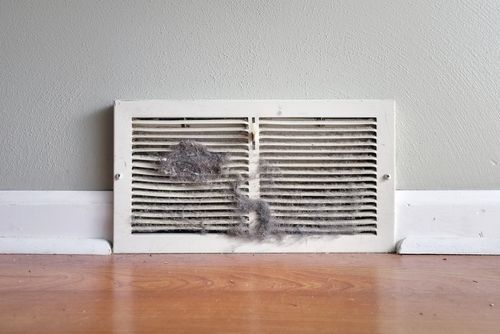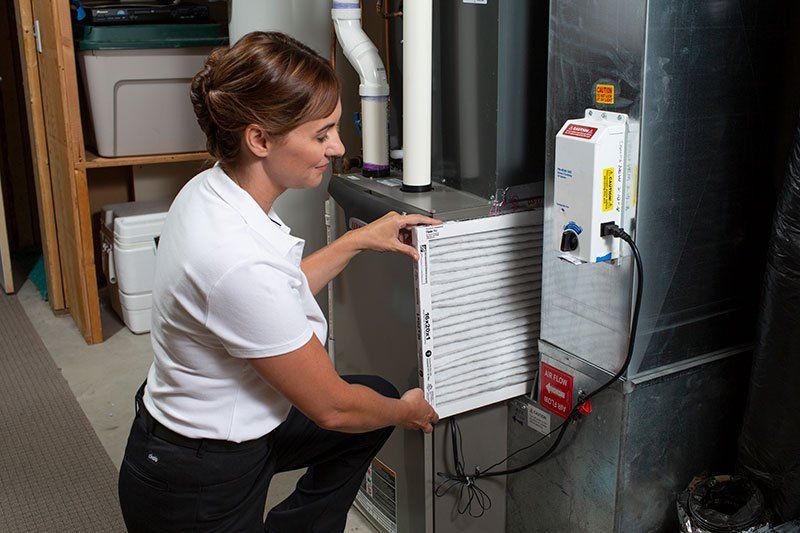Preparing Your Furnace for Winter - Save Money and Avoid Problems
As the crisp, cool air of autumn settles in, it's the perfect time to start thinking about preparing your furnace for the upcoming winter months. A well-maintained furnace not only keeps you warm and comfortable but also saves you money on energy bills and prevents unexpected breakdowns. In this two-part blog series, we'll provide you with a comprehensive guide on how to get your furnace ready for winter while emphasizing both cost-saving and problem avoidance.
1. Schedule a Professional Inspection
Before the winter chill sets in, it's crucial to schedule a professional inspection of your furnace. An experienced technician can thoroughly examine your system to identify and address any potential issues. Here are some key benefits of a professional inspection:
Energy Efficiency: A well-tuned furnace operates more efficiently, reducing your energy consumption and subsequently lowering your heating bills.
Prevent Breakdowns: Technicians can identify and address minor problems before they turn into major, costly issues that could leave you shivering in the cold.
Extend Lifespan: Regular maintenance can prolong the lifespan of your furnace, saving you money on replacement costs in the long run.
2. Replace or Clean the Air Filter
A clogged or dirty air filter can significantly reduce your furnace's efficiency. It forces the system to work harder to distribute warm air throughout your home, leading to increased energy consumption. Replace disposable filters or clean reusable ones, following the manufacturer's recommendations. A clean filter will not only save you money but also improve indoor air quality.
3. Check and Seal Air Leaks
Drafts and air leaks around doors and windows can make your furnace work harder to maintain a comfortable temperature. This extra strain on your heating system not only costs you more in energy bills but also increases wear and tear. To avoid this problem:
-Inspect doors and windows for gaps and drafts.
-Apply weather stripping or caulk to seal any leaks you find.
-Consider adding insulation to your attic, walls, and basement if needed.
4. Adjust Your Thermostat
One of the simplest ways to save money during the winter is to adjust your thermostat settings. Lowering the temperature a few degrees when you're away from home or while you sleep can lead to significant energy savings. Consider investing in a programmable thermostat that can automatically adjust the temperature based on your schedule.
5. Clean and Clear Vents and Ducts
Dust and debris can accumulate in your vents and ducts over time, reducing airflow and making your furnace work harder. To avoid this problem:
-Vacuum and clean vents and registers.
-Consider professional duct cleaning if it's been a while since your last service.
6. Insulate and Seal Ducts
Leaky ducts can waste a significant amount of warm air, forcing your furnace to work harder to compensate. To save money and improve efficiency:
-Insulate ducts in unconditioned spaces, such as the attic or basement.
-Seal any gaps or leaks in your ductwork using mastic or foil tape.
By following these steps, you can save money on your heating bills and reduce the risk of furnace problems during the winter months. In Part 2 of this series, we'll explore more steps to ensure your furnace is ready for the cold season, including DIY maintenance tasks and additional tips for keeping your home warm and cozy while avoiding unexpected issues. Stay tuned for more winter preparation advice!
If you’re overdue for a furnace tune-up, the team at Alpine Heating & Cooling will assist. Serving Wooster, OH, and surrounding communities since 1993, we are a locally owned and operated HVAC contractor working with a variety of heating and cooling systems. Call (330) 263-0013 to schedule an AC repair or inspection and visit our website to learn more about our qualifications. Connect on Facebook for more tips and insights.
